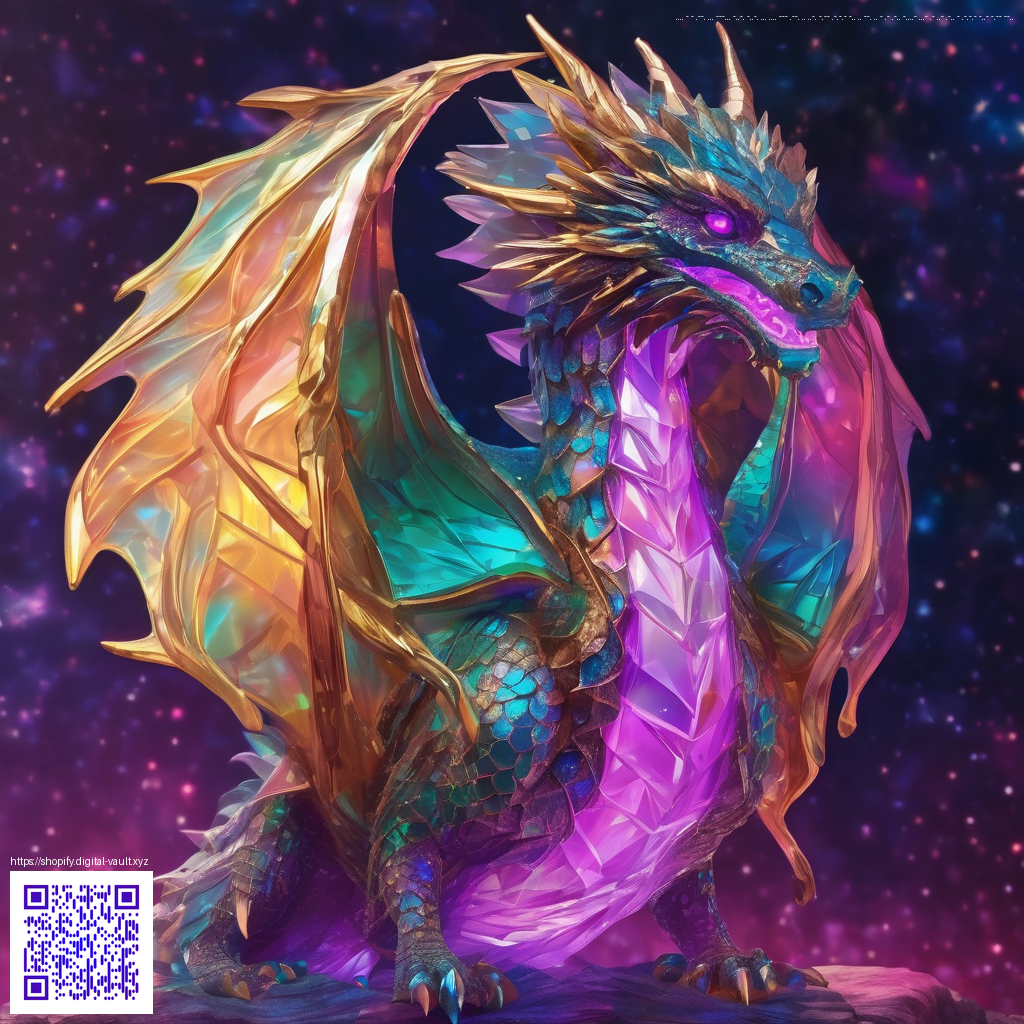
What patches signal about the future of live service games
Diablo IV has become a case study in how a live service ARPG can evolve through steady patching and honest communication. The recent patch line demonstrates a deliberate cadence that blends performance tuning, accessibility, and deeper progression. When official notes highlight features like frame generation support and cross‑platform optimizations, you can feel a broader industry signal about where future games might go with similar growth cycles. 🎮
Gameplay analysis
Early patches in this cycle lean into framerate stability and visual fidelity, with build level details such as the 2.1.4 update introducing Intel XeSS Frame Generation support. This is not just about a prettier screenshot; it directly affects how fast players can react in chaotic boss encounters and crowded dungeons. The following patches continue that thread by refining how loot, power curves, and class balance interact under pressure, making each seasonal reset feel meaningful rather than merely cosmetic.
From a gameplay standpoint, the cadence encourages players to test new tactics quickly—experimenting with builds, gear sets, and synergy in both solo and party play. As balance trees get pruned and reshaped in incremental steps, you see a move toward predictable, data-driven tuning that helps players plan long-term goals. The result is a more inviting environment for newcomers while preserving depth for veterans who want to theorycraft and optimize routes through endgame content.
Community insights
Community sentiment around patch notes often acts as a weather vane for future design. Fans dissect patch rosters for hidden shifts in power, cooldown management, and loot tiering, then translate those findings into new build guides and streaming strategies. This cycle rewards creators who engage with patch data, leading to richer, more collaborative conversations about what a live service game should prioritize next.
Developers are watching too. Transparent notes and clear rationales behind changes foster trust, and the feedback loop becomes part of the patch itself. That means players feel heard when a nerf or buff arrives and respond with fresh content ideas, memes, and community challenges that keep the game feeling alive between major drops. 🕹️
Update coverage and cadence
The patch history in this cycle reads like a measured timeline rather than a sprint. 2.1.4 Build #63023 released on March 18 2025 marked a shift toward hardware-aware optimization and accessibility options. A follow-up, 2.2.0 Build #64271 on April 29 2025, expanded balance and quality-of-life improvements, while 2.3.1 Build #66949 on July 15 2025 closed the chapter with targeted tuning and stability fixes. This rhythm signals a design philosophy where updates are deliveries of habit forming content that players can rely on rather than surprise drops.
For future games, this approach could translate into even more predictable seasons, better cross‑play parity, and a stronger emphasis on performance parity across PC and consoles. It also nudges developers toward shipping smaller, more frequent refinements that collectively yield a larger, long‑term evolution of the game world. The result is a platform that grows with its community rather than shipping a single monolithic expansion every few years.
Modding culture and developer commentary
Modding remains a delicate topic in this space. When patches emphasize official balance and performance, mod communities often align their efforts with the parts of the game that players can tailor—cosmetic options, quality-of-life features, and data viewing tools—while acknowledging that core balance and progression will come from the developers. That dynamic can push modders to prototype companion mods and client‑side utilities that respect the live‑service model while still offering personal flair. The broader takeaway is that patch design can either broaden or constrain the space in which modding thrives, influencing how communities propose a longer shelf life for popular games.
Blizzard’s official notes function as a developer commentary channel, explaining not just what changed but why. This transparency helps players understand the tradeoffs of tuning decisions and invites them to contribute their perspectives in a meaningful way. When the team frames patches as iterative steps rather than dramatic overhauls, it sets expectations for future titles that aim to balance ambition with sustainable live-service health.
Blizzard’s patch cadence demonstrates a commitment to iterative balance and open communication, signaling a future where live-service design centers on predictable pacing and active player feedback.
As we look ahead, the pattern suggests future titles in this ecosystem may place even greater emphasis on performance stability across hardware, more granular balancing tools for developers, and a transparent dialogue with the community about what success looks like after each season. In short, the way patches are structured today becomes a blueprint for how studios will approach live-service worlds tomorrow, shaping everything from feature gating to how communities organize around ongoing content. 🔧
Keep an eye on the gear you use during extended sessions as well; tactile setups can enhance focus during long patch notes becoming live events. A stylish, responsive mouse pad can complement the meticulous balance work that goes into refined games and help you stay sharp during those marathon patch-read-throughs.
Neon Aesthetic Mouse Pad Personalised Non Slip Neoprene Desk Decor